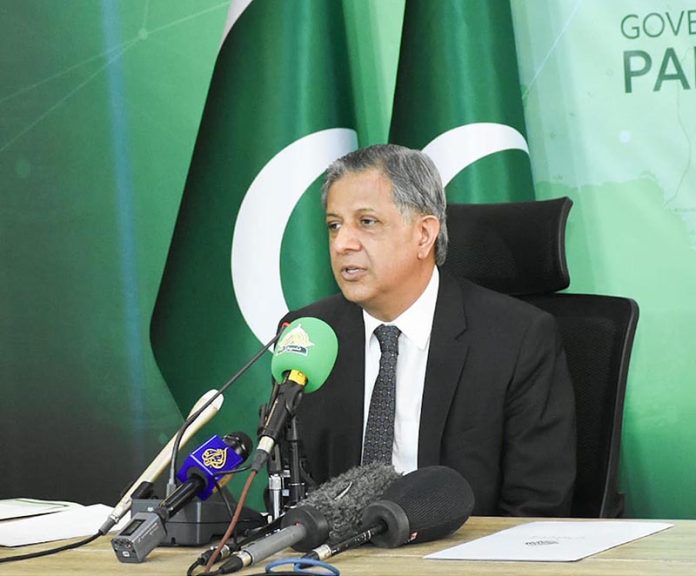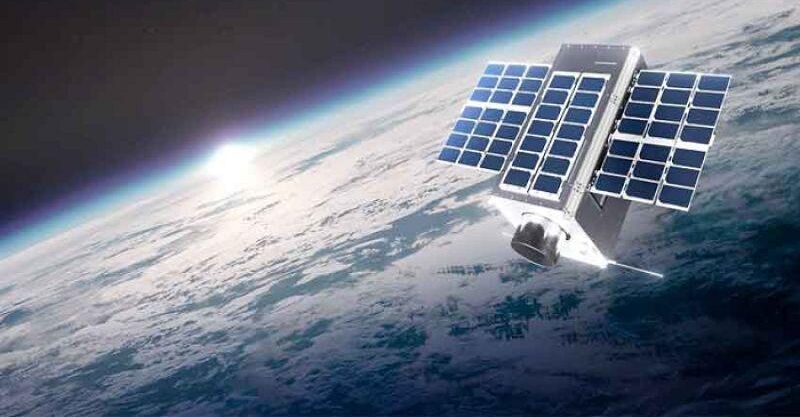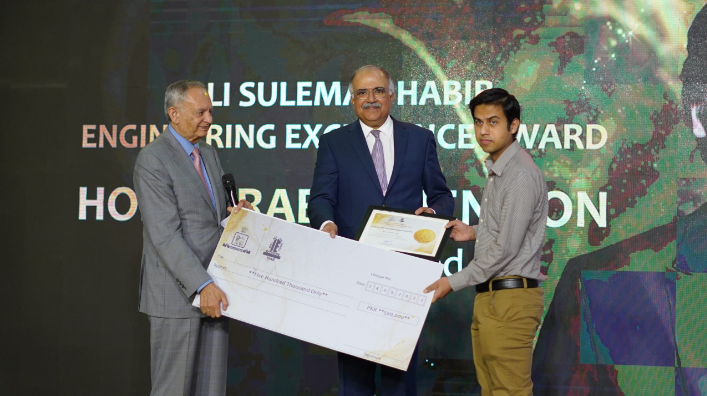Shumaila Noreen
ISLAMABAD, May 26 (APP): The launch of a new satellite PAKSAT MM-1 on May 30 (Thursday) by the national space agency, Pakistan Space and Upper Atmosphere Research Commission (SUPARCO) in accordance with the National Space Program 2047 through support of China would revolutionise communication in Pakistan and serve as a giant leap towards a digitally connected Pakistan.
The satellite PAKSAT MM1, conceived keeping in sight the growing needs of the country in the broad spectrum of communication and connectivity, would be launched from Xichang Satellite Launch Center (XSLC), China.
This satellite project is a hallmark of technological cooperation between People’s Republic of China and Pakistan.
Based on advanced communication technologies, PAKSAT MM1 will play a pivotal role in the socio-economic uplift of the country and will prove to be a stepping stone in the transformation of the country into Digital Pakistan.
The launch ceremony will be shown live for media from the Islamabad and Karachi establishments of SUPARCO.
The satellite is expected to contribute to the establishment of a sophisticated communication network and help meet the growing demands of the telecom sector and its advanced capabilities will address the increasing demand for high-speed internet and seamless connectivity.
SUPARCO says “this high power multi-mission satellite will provide communication services in C, Ku, Ka Bands and SBAS services in L Band. Based on advanced communication technologies, PakSat-MM1 will play a pivotal role in the socio-economic uplift of the country. It will prove to be a stepping stone in the transformation of the country into Digital Pakistan. It will provide various communication services like broadband internet, TV broadcasting, Mobile bank –hauling and VSAT connectivity”.
Project Manager MM-1, SUPARCO, Dr Usman Iftikhar, said that the primary objective behind the PAKSAT MM-1 satellite is to strengthen Pakistan’s communication infrastructure would pave the way for broadening the horizons for connectivity, serving the unserved, Tele-education, E-health/Tele-medicine, E-governance and E-commerce while transforming Pakistan into a digital powerhouse.
He said that communication infrastructure is the backbone of any country and plays an important role in the development of the country and this satellite will help provide connectivity to the remote areas of the country. This satellite is a communication satellite which will be sent in Geostationary Orbit. The GEO orbit is at an altitude of about 36000 km from the Earth, he added.
Earlier, Pakistan’s historic lunar mission (ICUBE-Q) was launched on May 3 on board China’s Chang’E6 from Hainan, China.
The satellite iCube-Qamar mission marks Pakistan’s first lunar exploration effort which is a significant milestone for the country’s space endeavours.
The satellite iCube-Q was designed and developed by the Institute of Space Technology (IST) in collaboration with China’s Shanghai University SJTU and Pakistan’s national space agency SUPARCO. The satellite, weighing about 7kg, was developed by the Electrical Engineering Department of the Institute of Space Technology (IST) in Islamabad.
The satellite successfully captured and transmitted its inaugural images from lunar orbit, providing a unique perspective of the moon’s surface.
SUPARCO, sharing Pakistan’s assets in space, mentioned that Pakistan’s first digital and artificial communication satellite, Badr-A was launched on July 16, 1990 aboard a Chinese Long March 2E rocket, marking Pakistan’s first indigenously developed and operational satellite.
While, Badr-B was Pakistan’s first earth observation satellite launched on December 10, 2001 aboard a Zenit-2 rocket from the Baikonur Cosmodrome in Kazakhstan.
PAKSAT-1R, launched on August 11, 2011, is a geostationary communications satellite operated by SUPARCO. This satellite was launched from the Xichang Satellite Launch Center in China.
Another satellite, PRSS-1 which is the country’s first remote sensing satellite was launched on July 09, 2018, from the Jiuquan Satellite Launch Center in China. The satellite PAKTES-1A is also a remote sensing satellite and was launched in July 09, 2018from the Jiuquan Satelliet Launch Center in China (Launched alongside PRSS-1).
Pakistan’s inaugural lunar satellite iCube-Qamar, launched on May 03, 2024 is the country’s latest contribution to space research.
About the benefits of satellites, SUPARCO said that satellites play a vital role in improving communication, enhancing navigation, monitoring the environment, advancing scientific knowledge and supporting various aspects of daily life, making them indispensable for humanity’s progress and well-being.
Satellites are incredibly beneficial for humanity in communication, navigation, weather forecasting, earth observations, scientific research, disaster management, remote sensing and telemedicine.
Three types of satellites are required for any country, firstly for communication, secondly for remote sensing and reconnaissance, and thirdly for navigation.














